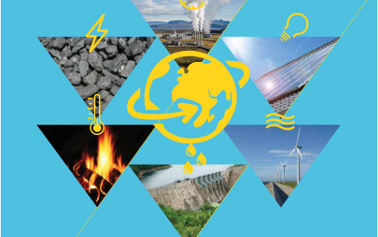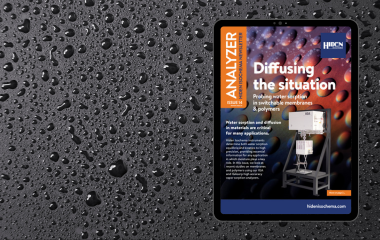New directions: Faraday Discussion
New directions in porous crystalline materials: Faraday Discussion
We are pleased to be exhibiting at the Faraday Discussion: New directions in porous crystalline materials, which will be held in Edinburgh, UK, from 5-7 June 2017.
The aim of this discussion is to develop fundamental understanding of key aspects of the chemistry of porous crystalline materials: chemical properties (i.e. catalysis, small molecule reactivity, post-synthetic tuning), electronic properties (i.e. magnetism, conductivity, and photophysics), and physical properties (adsorption and separation) will be discussed in this context.
Faraday Discussions have a special format where research papers written by the speakers are distributed to all participants before the meeting, and most of the meeting is devoted to discussing the papers. Everyone contributes to the discussion – including presenting their own relevant research. The research papers and a record of the discussion are published in the journal Faraday Discussions.
Everyone contributes to the discussion – including presenting their own relevant research. The research papers and a record of the discussion are published in the journal Faraday Discussions.
Metal-organic frameworks (MOFs), covalent-organic frameworks (COFs), and related molecular porous materials have entered a stage where not just the porosity, but other physical attributes are now playing a major role in their properties.
Catalytic properties rivalling those of classic heterogeneous catalysts are being unearthed by carefully engineering isolated active sites in the pores. Photophysical properties enabled by both the rigidity and the controlled dynamics of the porous environment are making strides from both fundamental and applied perspectives.
Applications in energy storage are emerging as well, enabled by important advances in increasing the electrical and ionic conductivity in these materials to values that rival and even surpass those of organic semiconductors. Exciting magnetic properties are being reported in such materials with increasing frequency as well, suggesting that perhaps porous magnets and possibly superconductors are also within reach.
Exciting magnetic properties are being reported in such materials with increasing frequency as well, suggesting that perhaps porous magnets and possibly superconductors are also within reach.
Conference Themes
New Directions in Gas Sorption and Separation with MOFs
The mainstay of many of the MOF researchers, this subfield is maturing into a much more applied field, with important applications especially in gas separation and methane storage. Both fundamental gas binding aspects and new structural aspects influencing gas sorption will be discussed and targeted as part of the discussion.
Electronic, Magnetic, and Photo physical Properties of MOFs and COFs
Electrical conductivity and charge transport have only recently become possible with MOFs. This is one of the newest potential applications of these materials.
Catalysis in MOFs
New trends here focus on electrochemical catalysis, strut-based metalloligand catalysis and organocatalysis, as well as node-based catalysis. All aspects have seen huge leaps in the last few years and these will be discussed in this session.
MOFs Modelling and Theory
This final session will focus on theoretical modelling of gas sorption processes in MOFs. A material genome is emerging, which is promised to allow ab-initio predictions of MOFs properties.
To find out more or to register visit the Faraday Discussions conference website.
We hope to see you there! If you’d like to meet us, contact us today.


